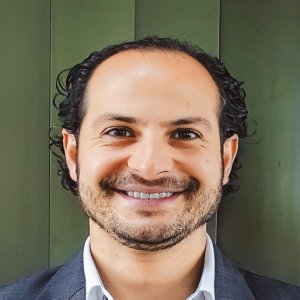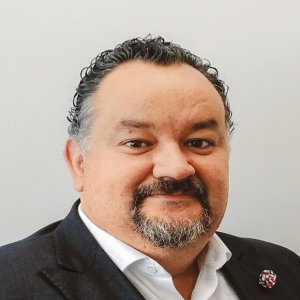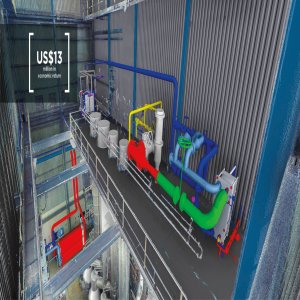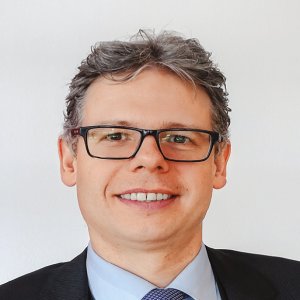Project Finance, Structured Instruments to Boost Energy Progress

Project Finance, Structured Instruments to Boost Energy Progress

STORY INLINE POST
Q: What are the areas of opportunity Beel Infrastructure Partners has recognized in Mexico’s energy market?
AH: There is a lack of expertise when it comes to structuring financial products for infrastructure projects in Mexico and Latin America, although there are large pools of money available to finance large profitable projects. Investors are taking an interest in many projects in the country but there is a mismatch in the intermediaries’ skills to identify, structure and provide long-term financing. This is important because infrastructure provides the country with basic services. Beel has ample experience in infrastructure.
JF: While working in Santander Sponsors, I identified the opportunity within structured debt in energy projects that is not as developed as other emerging economies. Capital markets, project finance and private debt, as well as mezzanine and subordinate debt, are the areas in which we want to focus and where we have spotted the greatest area of opportunity in Mexico. We are a local team with the local expertise needed for these projects. We have created a flexible structure that will adapt to the needs of our clients without developing any conflict of interest with any other financial institution because we are completely independent.
Q: What are the most commonly-used methods of funding for energy projects?
AH: There is a great deal of liquidity in the Mexican market, whether its from local or international funds, and Australian, Canadian, Middle Eastern and Asian sovereign funds are also present in the market. From a project finance point of view, there is an opportunity where most of the participation in energy is dollar-denominated. Asian and European banks participate in a more of an opportunistic manner with smaller teams in Mexico and they tend to have a great deal of concentration in CFE and PEMEX. From a bond standpoint, there have been a few energy bonds but it is a sector that is still to develop, especially for greenfield projects. The projects established so far are brownfields with 20+ year PPAs that do not support construction risk. Construction guarantees could be given by multilateral entities or development banks to strengthen the market and credit quality.
JF: In private placements, we are seeing long-term activity from US insurance companies, especially large projects such as the Fermaca pipelines, and some in renewables like the Frontera Energy project. We think that investment in longterm consolidated brownfield projects will continue to grow in the long term. We believe the best opportunities can be found within the subordinate and mezzanine debt markets as they help increase returns, recycle capital and monetize future flows. We believe it is necessary so that sponsors and industrials can pursue new projects and monetize assets that they have already consolidated.
Q: What are the main challenges in the project financing of Mexican energy infrastructure projects?
JF: Project finance is the future. There are huge international utilities that are doing it with their own balance sheets, but it must be sustainable for the market. Within project finance, the long-term auction market is being financed well through development banks with 15-year energy PPAs and 20-year CELs. We see a problem within the merchant market because it is still recent and immature, with a short price history. Banks, funds and institutional investors will have to finance those types of projects because they are the future and because the long-term auction prices are very low and do not provide the profitability required.
AH: The new electricity market must still develop so that investors can feel more comfortable investing long term with merchant risk. There will also be an issue with the exposure limits from local and international banks because so far CFE accounts for 80 percent of participation. If an adequate Clearing House is not developed, the banks will reach their exposure limits rapidly. The goal is to develop 2,000MW annually for the next five to six years. We must diversify the funding sources for project finance so that credit exposure limits are not reached.
























